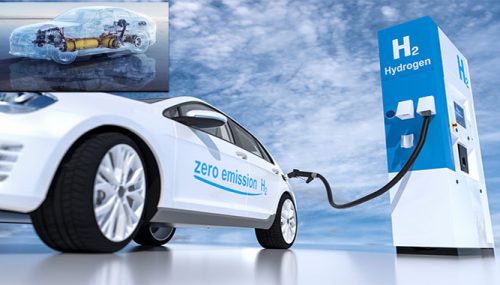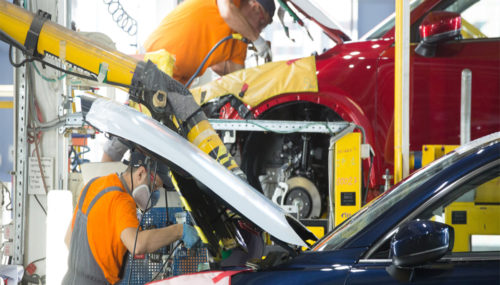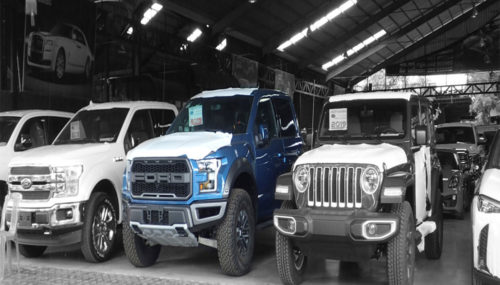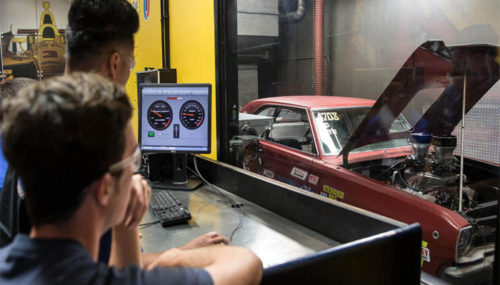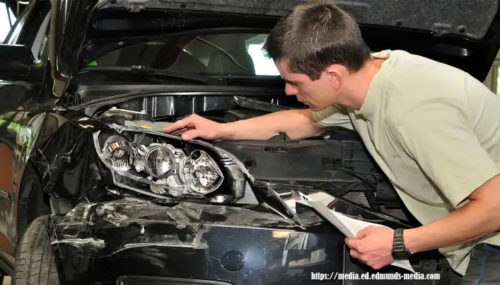Electric vehicles (EVs) are known for their environmentally-friendly operation and high performance. However, like any complex system, electric drive motors in EVs can experience issues that may impact their efficiency and performance. In this article, we will explore some common problems that can arise with electric car electric drive motors and provide troubleshooting tips to address them effectively.
Common Issues with Electric Drive Motors
- Overheating: Electric drive motors can overheat due to prolonged use, high ambient temperatures, or inadequate cooling systems. Overheating can lead to reduced efficiency and potential damage to the motor components.
- Loss of Power: A sudden loss of power in an electric drive motor can be caused by factors such as battery issues, electrical faults, or motor malfunctions. This can significantly impact the vehicle’s performance and range.
- Unusual Noises: Strange noises like grinding, whining, or clunking coming from the electric drive motor may indicate issues with bearings, gears, or other internal components. Ignoring these noises can lead to further damage and costly repairs.
- Vibration or Shaking: Excessive vibration or shaking felt while driving can point to misalignment, imbalance, or wear and tear in the electric drive motor. Addressing this issue promptly is crucial to prevent further damage.
- Error Codes: Modern EVs are equipped with diagnostic systems that display error codes when issues arise. If you encounter error codes related to the electric drive motor, it is essential to investigate and resolve them promptly.
Troubleshooting Tips
1. Check the Cooling System
- Ensure that the cooling system for the electric drive motor is functioning correctly. Clean any debris or obstructions that may hinder airflow and cause overheating.
2. Inspect the Battery
- Check the battery status and health to rule out any power-related issues that may be affecting the electric drive motor’s performance.
3. Listen for Unusual Noises
- Pay attention to any unusual noises coming from the electric drive motor. If you hear grinding, whining, or clunking sounds, have the motor inspected by a qualified technician.
4. Balance and Alignment
- If you experience vibrations or shaking while driving, have the electric drive motor’s alignment and balance checked. Misalignment can cause undue stress on motor components.
5. Consult the Error Codes
- If your EV displays error codes related to the electric drive motor, refer to the vehicle’s manual or contact the manufacturer for detailed troubleshooting steps. Do not ignore error codes as they can provide valuable insights into underlying issues.
6. Regular Maintenance
- Follow the manufacturer’s recommended maintenance schedule for the electric drive motor. Regular inspections and servicing can help prevent common issues and ensure optimal performance.
7. Professional Inspection
- If you are unable to identify or resolve issues with the electric drive motor on your own, seek assistance from a certified EV technician. They have the expertise and tools to diagnose and repair complex motor problems.
By staying proactive and addressing common issues with electric car electric drive motors promptly, you can ensure a smooth and efficient driving experience while maximizing the longevity of your EV’s motor system. Regular maintenance and timely troubleshooting are key to keeping your electric drive motor in top condition for years to come.





